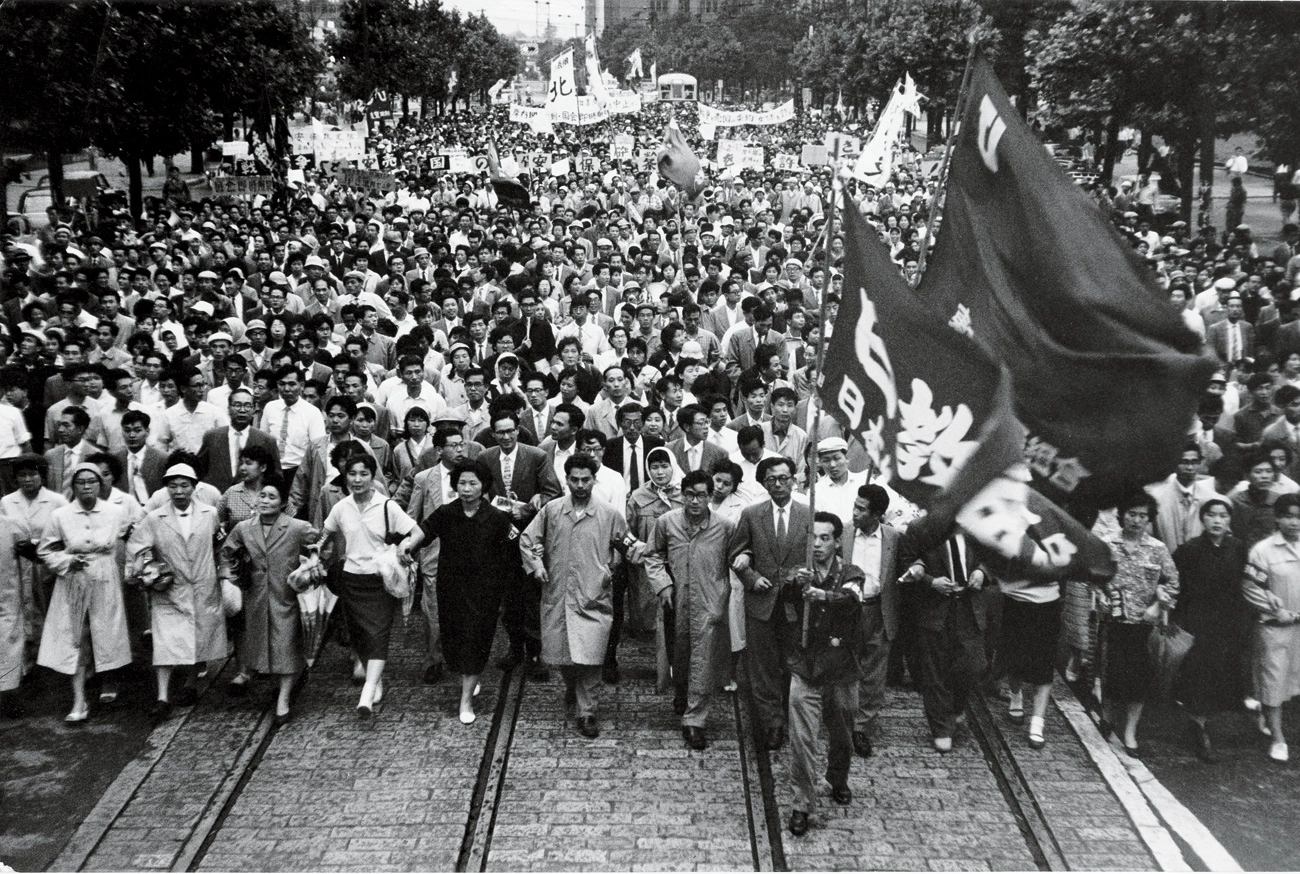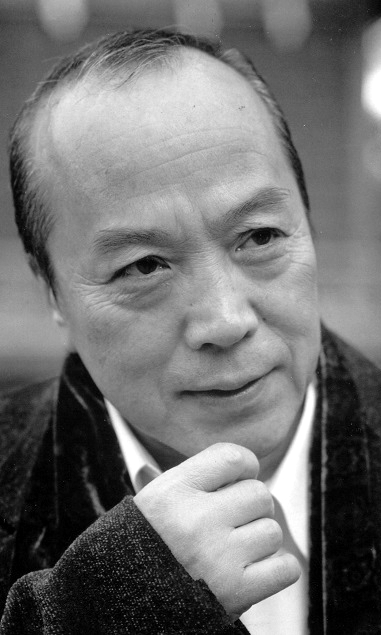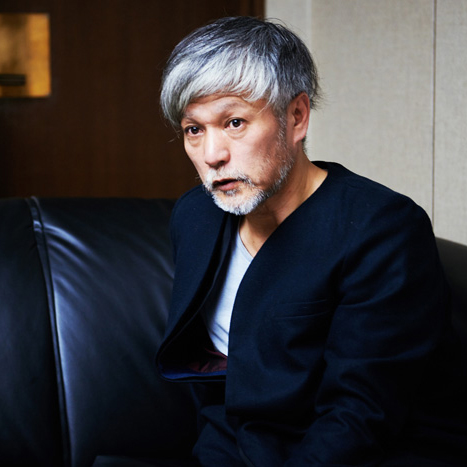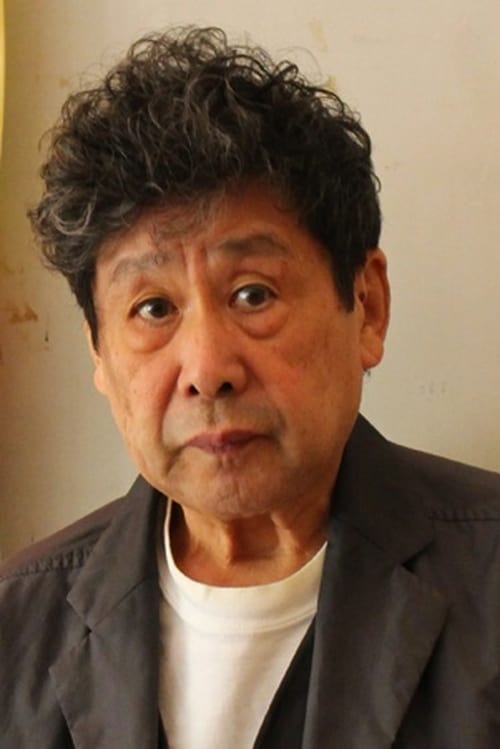What is Angura?
Angura, shorthand for "underground" in Japanese, is an avant-garde form of theater that started out in the eary '60s, born out of a leftist countercultural movement.
Angura can be characterized by its very erratic acting style, breaking of the fourth wall, and the plays themselves being staged in unusual places, such as the streets, coffee shops, and tents. Aesthetically, it is also noticeable for being sexually explicit, psychedlic, and taking cues from traditional Japanese art.
Angura is derived from Butoh dance and most significantly Shingeki(新劇), meaning "new theater" which was what Angura sought to subvert.

How Angura came to be can be traced to the ANPO protests. Anpo, which refers to the US-Japan Security Treaty stated that the US had the right to retain their military bases in Japan post-occupation, which the entire Shingeki community was against. An organzation called the "Shingeki Worker's Association" was formed in response. However, many of the younger members were not satisfied with the way things were being ran. Due to the SWA being associated with the Japanese Communist Party, which had a monopoly on theater spaces. The community that split away from Shingeki ended up doing "underground" performances that were outside the realm of the JCP, thus how angura got its namesake. However, angura started off with the defected members forming their own troupe called Youth Art Theater, and angura wasn't used until later.
Some key figures in this movment are Terayama Shūji:

Jūrō Kara:

Norimizu Ameya:

And Tadanori Yokō, who was responsible for most of the poster designs.

Tokyo Grand Guignol, a notable angura troupe, making an appearance on TV program.